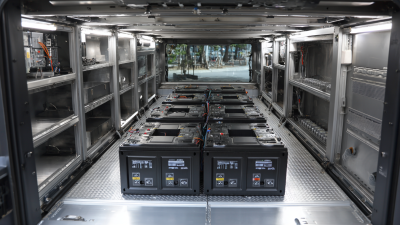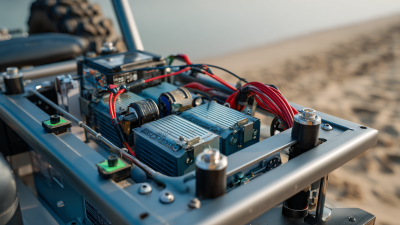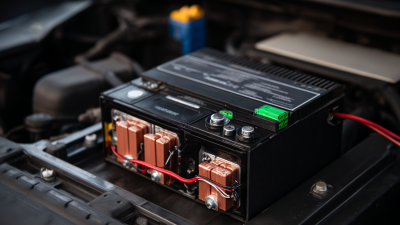
-
Home
-
Company
-
Products
-
News
-
FAQs
-
Blog
-
Contact
-
Phone
-
E-mail
-
Whatsapp
Leave Your Message

In recent years, the demand for efficient energy storage solutions has surged, particularly in sectors like renewable energy and electric vehicles. As a cornerstone of this technological evolution, "51.2 V 160ah Li Ion Batteries" have emerged as a frontrunner due to their impressive performance characteristics and scalability. According to a report by the International Energy Agency (IEA), the global energy storage market is projected to grow from USD 2.5 billion in 2020 to over USD 10 billion by 2025. The 51.2 V 160ah Li Ion Batteries not only provide a high energy density but also ensure longer cycle lives, making them ideal for applications requiring substantial power output and reliability. By optimizing space and enhancing efficiency, these batteries are paving the way for more sustainable energy use and are set to play a crucial role in shaping the future of energy management.
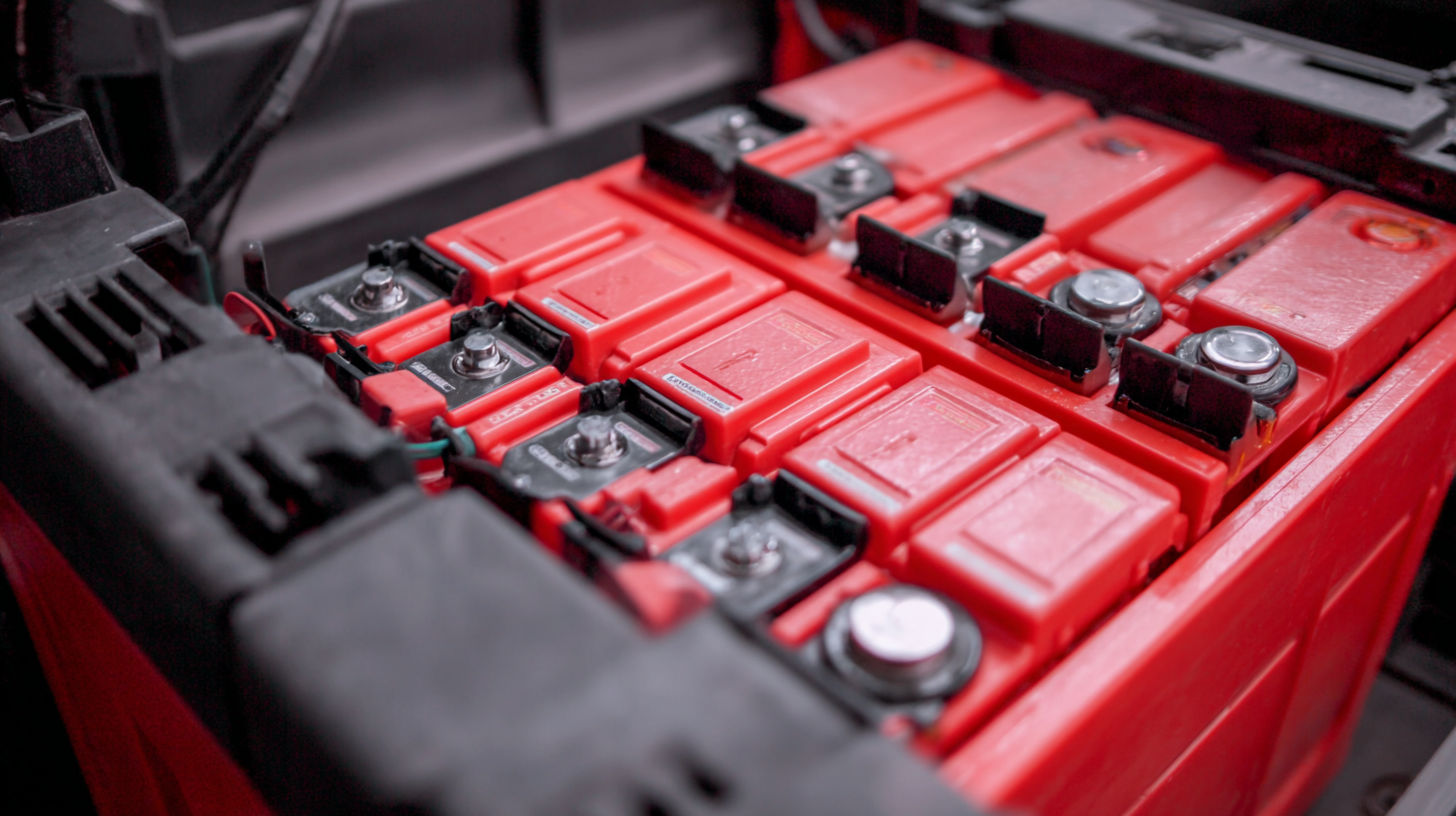
The adoption of 51.2 V 160Ah Li-ion batteries in energy storage systems (ESS) has become increasingly prevalent due to their remarkable efficiency and reliability. According to a report by the International Energy Agency, Li-ion batteries are expected to dominate the energy storage sector, accounting for approximately 90% of the market by 2025. This trend is largely fueled by the batteries' high energy density, which allows for longer discharge durations compared to traditional lead-acid batteries. For instance, 51.2 V 160Ah Li-ion batteries can provide a substantial energy output of 8192 watt-hours, enabling extended operation in off-grid or backup scenarios.
Moreover, the cycle life of Li-ion batteries significantly enhances their attractiveness. With an average lifespan exceeding 5000 cycles at normal depth of discharge, these batteries not only reduce replacement frequencies but also contribute to lower overall lifecycle costs. The U.S. Department of Energy reported that the total cost of ownership for Li-ion batteries tends to decrease as technology advances, with prices dropping by nearly 89% from 2010 to 2020. Consequently, the efficiency and longevity of 51.2 V 160Ah Li-ion batteries make them a prime choice for solar energy applications and commercial energy storage systems, thus supporting the transition to sustainable energy solutions.
The adoption of 51.2 V 160Ah Li-ion batteries in renewable energy solutions brings substantial performance efficiency that is crucial for both residential and commercial applications. These batteries are designed to deliver a high energy density, typically around 150 Wh/kg, which enables them to store more energy in a compact size compared to traditional lead-acid batteries. According to a report by BloombergNEF, the global lithium-ion battery market is expected to grow by nearly 30% each year, driven largely by demand for energy storage systems (ESS) in solar and wind applications.
In terms of cycle life, 51.2 V 160Ah Li-ion batteries can last between 3000 to 5000 cycles with a depth of discharge (DoD) of 80%, significantly extending the lifespan compared to lead-acid counterparts, which usually endure only around 500 to 800 cycles. Furthermore, the efficiency rate of Li-ion batteries in energy conversion can reach up to 95%, minimizing energy loss during charging and discharging processes. This high efficiency not only ensures that more renewable energy can be utilized but also reduces the overall operational costs for users, making them an optimal choice for sustainable energy strategies.
| Dimension | Value |
|---|---|
| Nominal Voltage | 51.2 V |
| Capacity | 160 Ah |
| Energy Density | > 250 Wh/kg |
| Cycle Life | > 3000 cycles |
| Charge Time | 4-6 hours |
| Discharge Rate | 1C (max) |
| Environmental Impact | Low Emissions |
| Application Areas | Renewable Energy Storage |
| Safety Features | Built-in BMS |
| Temperature Range | -20°C to 60°C |
The 51.2 V 160ah Li-ion batteries offer significant advantages over traditional battery types, particularly in terms of cycle life and durability. Unlike lead-acid batteries, which typically last a few hundred cycles, these lithium-ion counterparts can endure thousands of charge-discharge cycles. This longer cycle life not only makes them a cost-effective option in the long run but also reduces the frequency of battery replacements, which is crucial for applications ranging from solar energy systems to electric vehicles.
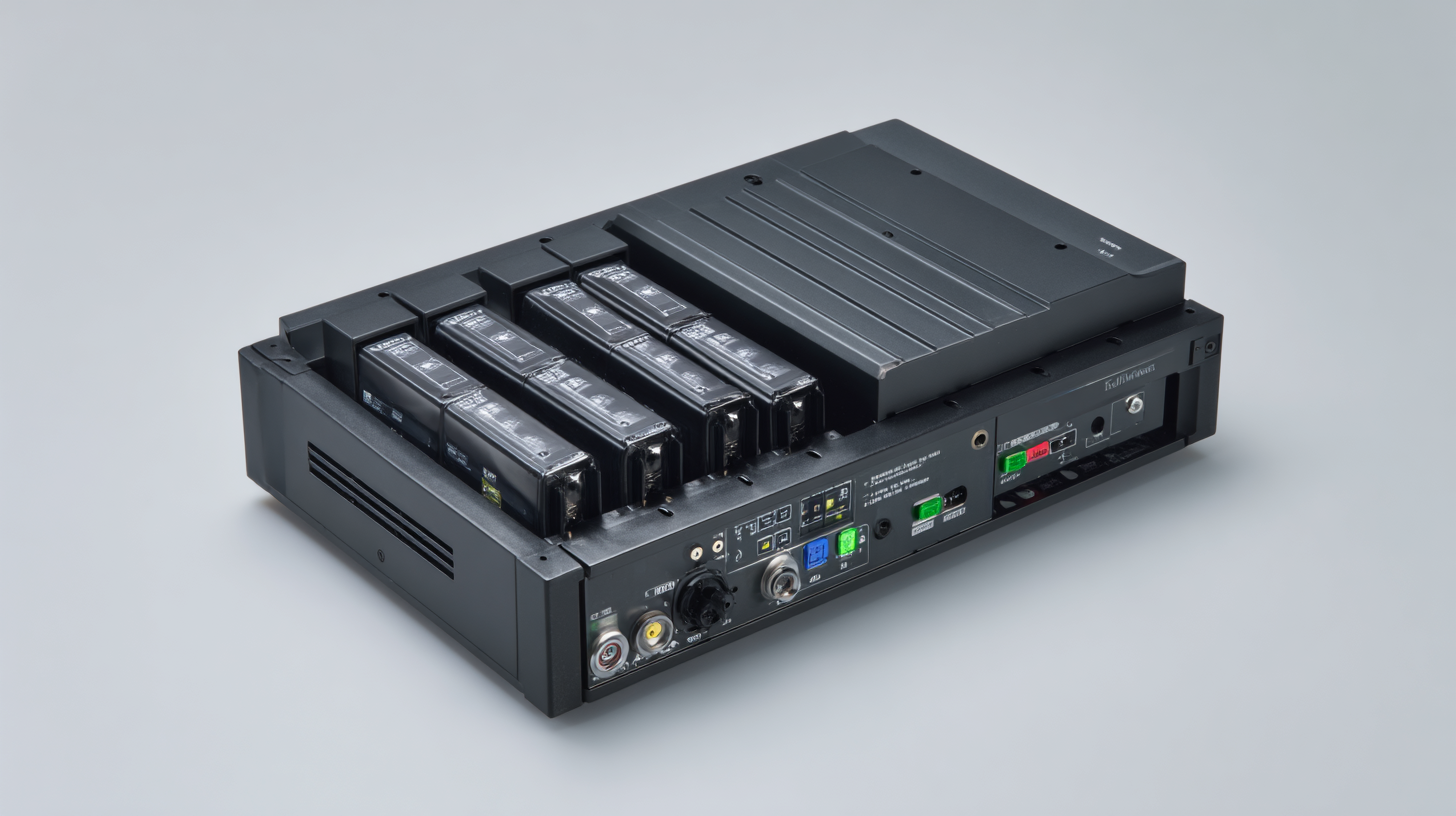
Durability is another critical benefit of the 51.2 V 160ah Li-ion batteries. They are designed to withstand harsher conditions and maintain performance over time. Their ability to function effectively across a wide range of temperatures further enhances their reliability, making them ideal for various applications such as marine environments and electric bicycles.
Tips: When considering battery options, always evaluate the estimated cycle life and warranty offered by the manufacturer. Additionally, ensure that the battery's specifications match your application requirements for optimal performance. Regularly monitoring the battery's health can also extend its lifespan and efficiency.
The environmental impact of using 51.2 V 160ah Li-ion batteries is significant, as they provide a cleaner alternative to traditional power sources. These batteries have a higher energy density, which means they store more energy efficiently, leading to reduced energy waste and lower carbon emissions during their operation. By replacing fossil fuel-based energy systems with battery storage solutions, industries and consumers can substantially decrease their ecological footprint, contributing to a greener planet.
Sustainability is another key benefit of adopting 51.2 V 160ah Li-ion batteries. These batteries are designed for longevity, offering a longer lifecycle compared to other battery types. Their extended lifespan means fewer batteries need to be produced, used, and disposed of over time, reducing resource extraction and waste. Furthermore, advancements in recycling technologies for lithium-ion batteries allow for valuable materials to be recovered and reused, which minimizes the demand for new raw materials and supports a circular economy. As a result, the integration of these batteries not only enhances energy efficiency but also promotes sustainable practices within various sectors.
The 51.2 V 160Ah lithium-ion batteries have become a game-changer for businesses seeking cost efficiency in their energy storage solutions. According to a recent report by the International Energy Agency (IEA), lithium-ion batteries have seen a price drop of approximately 89% since 2010, making them a viable option for commercial applications. These batteries provide a higher energy density compared to traditional lead-acid batteries, allowing businesses to store more energy in a smaller footprint. This space-saving aspect translates directly into reduced overhead costs for companies that require extensive energy management systems.
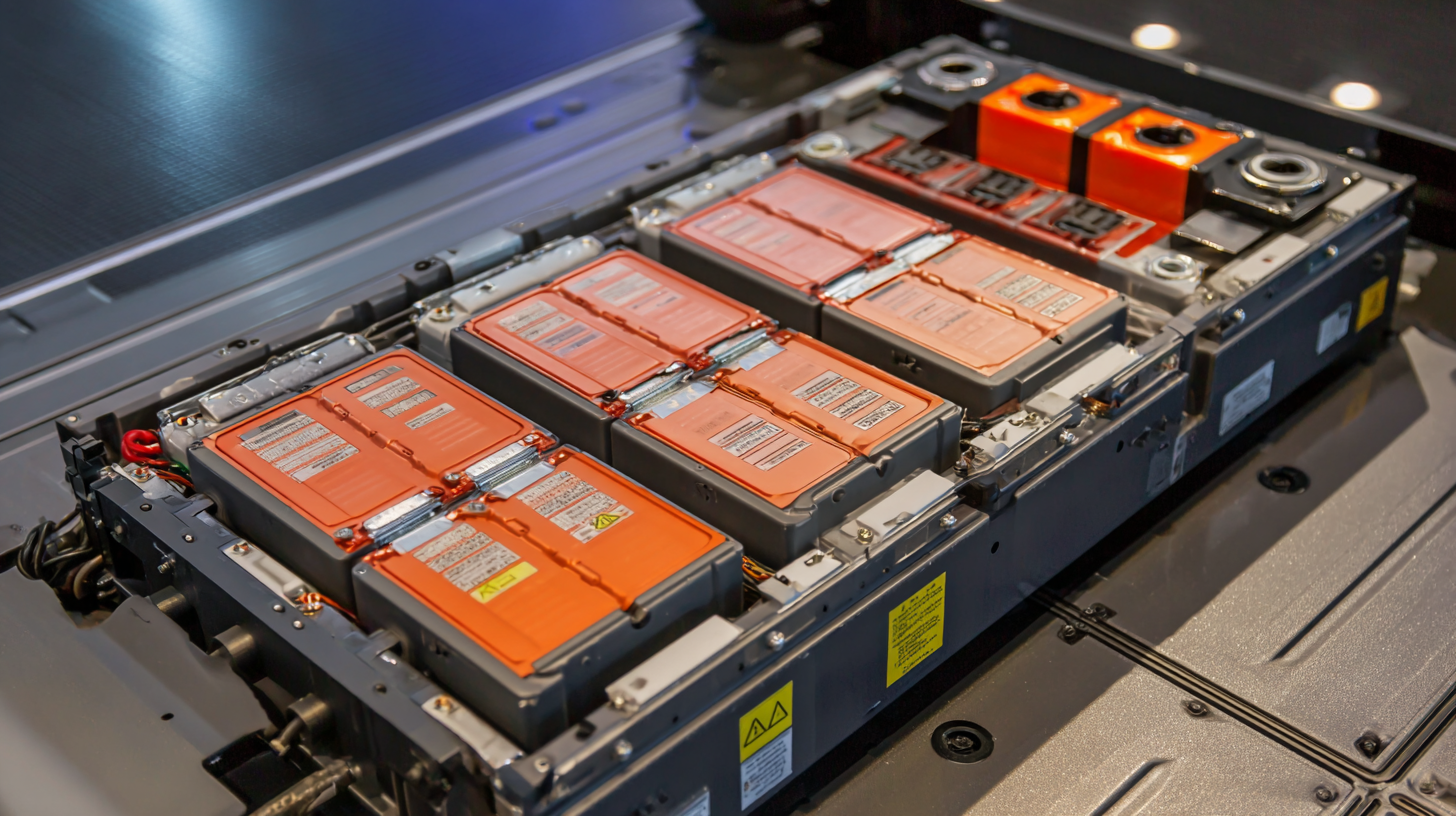
Furthermore, the long lifespan of lithium-ion batteries—typically around 10 to 15 years—means lower replacement costs over time. The U.S. Department of Energy reports that lithium-ion batteries can sustain over 3,000 charge cycles, compared to only 500 cycles for lead-acid batteries. This durability not only decreases operational costs but also enhances the reliability of energy supply for critical business functions. With decreasing operational costs and increased efficiency, investing in 51.2 V 160Ah lithium-ion batteries becomes not just an ecological choice, but a financially sound decision for businesses aiming to optimize their energy strategies.



